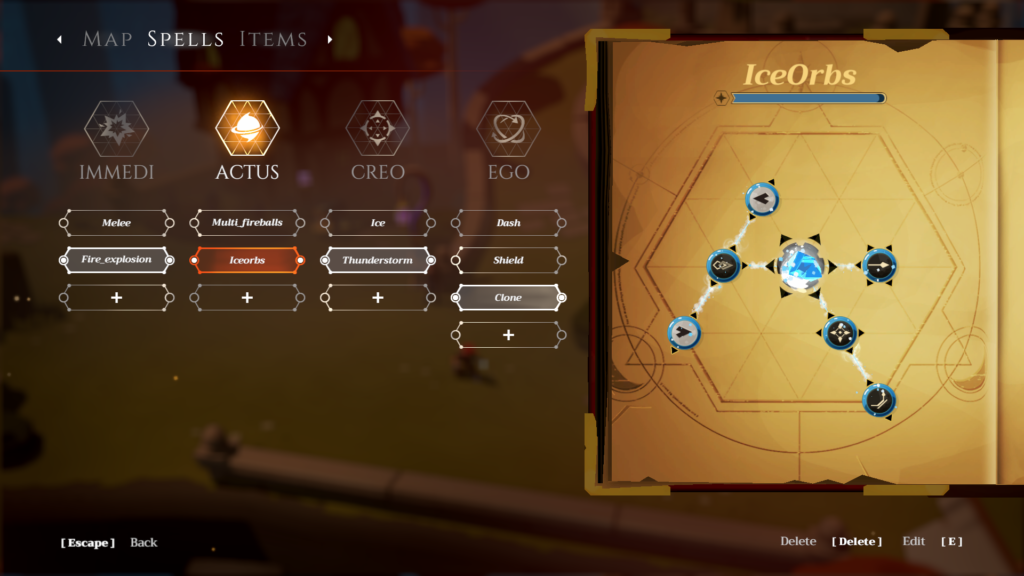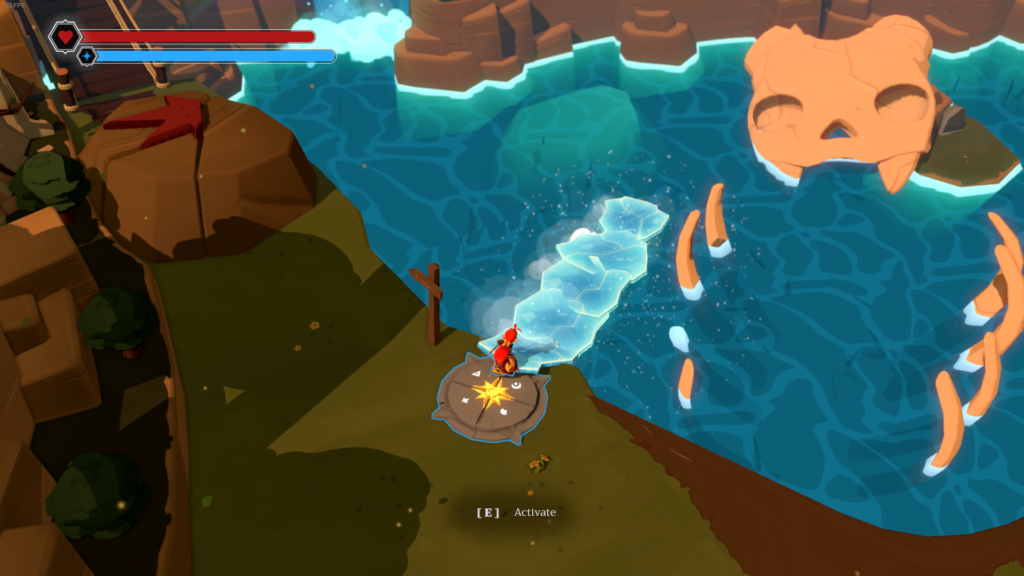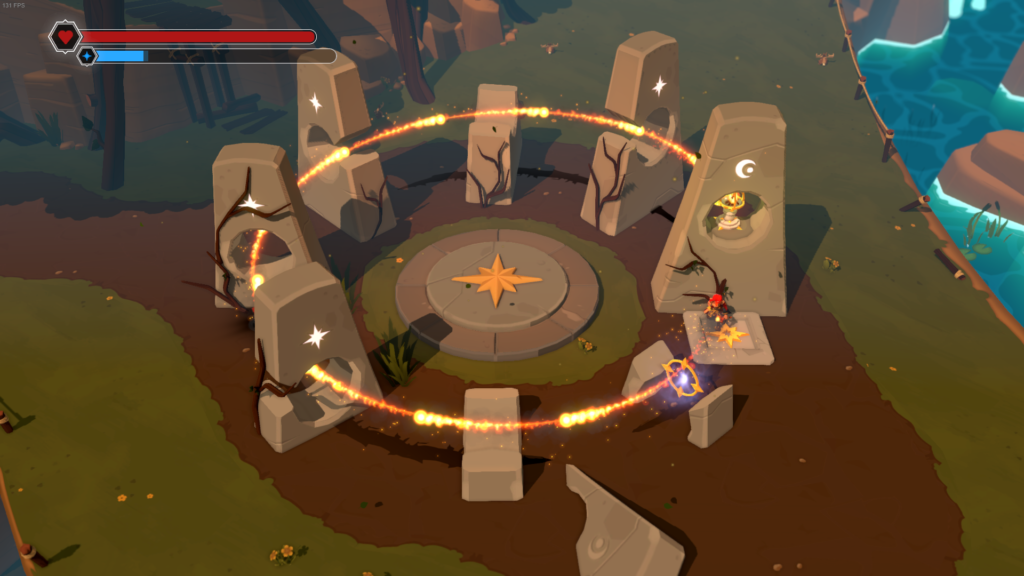No matter how much you need to rely on magic in a game, its use remains somewhat simple. You acquire a spell, you equip it and use it, mostly at the press of a button. But thanks to Mages of Mystralia, you get to create and modify every spell at your disposal. It relies on the fact that you are not an experience mage, and will learn your magic as you use it, giving you control over every single component of the spell, right down to its element.
In Mages of Mystralia, you play as a young woman named Zia who has just discovered that she has an affinity towards magic. Untrained and unable to control her fire spells, she wreaks havoc on her village and is forced to leave. After all, Mystralia is a land that frowns upon the use of magic. Taken in by a mentor and the order of mages, she has to master her spellcrafting, because the eclipse is here, and it is a harbinger of trouble. It’s up to you to save the world from the dark tidings.
The star of the show, hands down, is the spellcrafting system. You start out with four different elements and types of spells; a melee, an orb, an AOE spell and one that affects you as the user. You later come across different types of runes that change the behaviour of each type of spell, resulting in a horde of different possibilities and effects. For example, by default, your fire orb acts as a mine. You drop it in a place and it stays there. Add a movement rune, and voila! It turns into a projectile. You can add the homing rune to the spell, and now your fireball will chase the goblins around. Later in the game, you can change the spell elements as well, turning your fireballs into ice balls/shards that can freeze your enemies.
There are three different types of runes. The behaviour rune modifies the basic behaviour of the rune, changing the action that it performs. The augment runes add upon the behaviour rune, providing additional effects. For example, you can attach the random rune to a spell with the movement rune, and make it more unpredictable. The trigger runes, are fascinating and wreak havoc, allowing you to trigger additional spells on the impact of the initial spell. Let’s say you hurl a fireball at an enemy. Now, to that fireball you have a trigger attached, that triggers your melee spell upon impact. By on your melee spell, you have a rune that makes it cause explosions, and another one that adds a chain lightning effect. So with a single fireball, you can trigger an explosion which in turn will cause a chain lightning to hit multiple enemies, all this in addition to the initial fireball damage AND the burn effect caused by it. You can even create a spell that can trigger all four spells on impact. It’s amazing how the game lets you create any kind of combination you can imagine.
The spellcrafting leads to an impressive, fluid combat as well. Though the game is not hard, you do need to try different options for different bosses. Some enemies are immune to certain elements, forcing to change things up. And you don’t need to constantly spam your melee attacks to win, there’s plenty of options for defending yourself too. For instance, by default your self affecting spell is a shield. If you add a movement rune to it, it turns into a dash, and you can dodge and get past enemies to attack from a distance. What makes it more convenient is that you can save different versions of the spell, so you switch between the block and the dash at the press of a button. Apart from that, it’s mostly a cycle of similar movements, because the bosses have a limited moveset which is mostly easy to figure out.
Where you can see the spellcrafting really shine is the environment interactions and puzzles. Most of these require you to press a pressure plate or light torches, but in a limited amount of time. This forces you to think on your feet and try different customizations with spells. Some of the puzzles require special runes and combinations, so the game provides you hints as well. The first hint is free and lets you know whether you have the required spells, while the second one comes at a price and tells you exactly which runes you need. It’s really satisfying to get results, though it may need some trial and error at times.
It always feels good to come across new spells, but it also means backtracking as you can’t access certain areas if you don’t have necessary runes. They also help you solve previously unsolvable puzzles, which in turn may hold new runes. The problem is, you kinda need to remember the places you couldn’t reach before, as the areas don’t have a map. There’s a map of the world that lets you know the different locations you need to go to, but apart from that there’s no details. But it’s always fun going back to the previous locations with new spells, as you have new ways and options to go about it.
The plot and the story are there, but they don’t go too deep. It’s your basic rise-of-the-unexpected-hero-in-fight-against-evil storyline. You don’t spend a lot of time getting to the NPCs, not enough for them to affect you anyway. Some may find the art style a bit old school, but for me it’s a part of the game’s charm and I absolutely love it. But honestly, everything pales in comparison to the game’s deep and complex spellcrafting system. Borealys Games has done an amazing job in creating a cute, quirky adventure led by the power of the players’ choice and imagination, where magic is your greatest tool, one that you can modify and use as you see fit.







Pingback: An Interview With Patric Mondou, The Creative Director Behind Mages Of Mystralia - Gaming Central